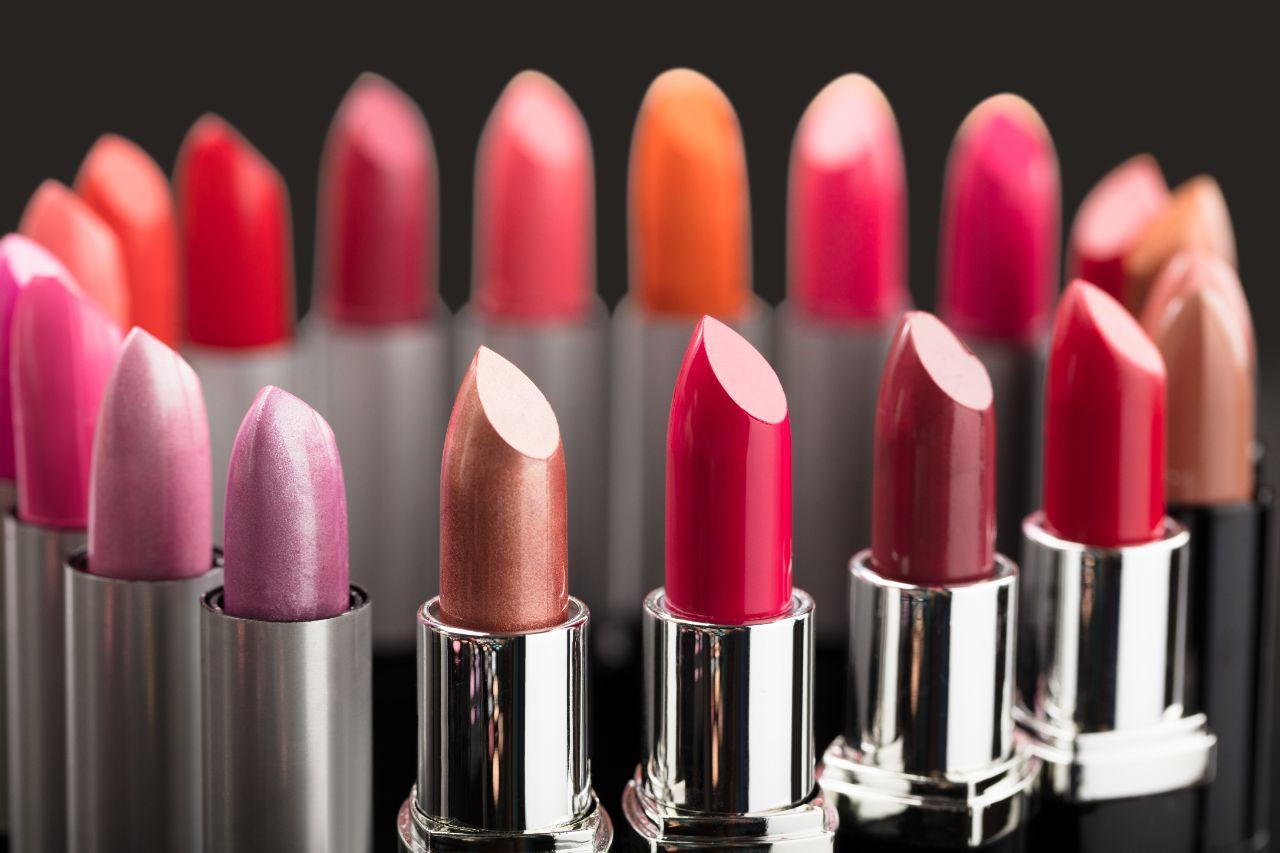Colours have been an inseparable part of our life since time immemorial. From lipsticks to clothes and toys to even gadgets, the first thing that attracts customers is their colour. Colours have been described as the door to physical, mental, and spiritual health as they have the power to reflect authority, calmness, innocence, purity, integrity, etc. Colourants are used in cosmetics, drugs, and food industries to impart colour to the products and the products’ safety, protection, and identification.
Cosmetic colours vary from dyes to pigments and from mineral oxide to lakes. Here is a complete guide to dyes and lakes for in-depth information.
Cosmetic colours can be of two types- organic and inorganic.
- Organic colour cosmetics contain carbon atoms in the chemical structure of pigment. These are of two types- synthetic dyes and lakes. Dyes are water-soluble, while lake colours are oil dispersible. A pigment or lake is produced through precipitation of soluble dyes with some metallic salt. For foods that contain fats and oils, lake colours are used for colour. Lake colours are also used for manufacturing a wide variety of cosmetic products such as nail paints, lipsticks, lotions, eye shadows, etc.
- Inorganic colour cosmetics contain mineral compounds such as Iron Oxides, Zinc Oxide, Titanium Dioxide etc. Initially, inorganic pigments used to be collected directly from the earth. But, it was found that naturally mined pigment contains toxic compounds such as heavy metals. Since then, the Food and Drug Administration (FDA) has enforced a law to ensure the safety of consumers. Now, these mineral pigments have been synthesised in laboratories.
A cosmetic colour containing FD&C in its name indicates the colour is approved for use in food, drugs, and cosmetics, while a name having only D&C indicates that the colour is approved for use in drugs and cosmetics and not for food. Alternatively, some dyes are labelled as the name of colour followed by a number such as Red 30. The Colour code or colour name is printed on the cosmetics label to make it easier for the consumer to look for the approved colour used in the product.
At Neelikon, we offer a wide range of cosmetic dyes, pigments, and lakes. Organic lakes consist of a range of calcium, aluminium, barium, or talc lakes. Inorganic pigments consist of Iron Oxides, D&C Black 2, Ultramarines, and Titanium Dioxide. Our cosmetic pigments and lakes are manufactured using unique proprietary technology to achieve highly soft and fine particles. Particle size is a key factor for achieving consistency in shades.
Neelikon is among one of the top three producers globally for cosmetic pigments. Our products meet appropriate cosmetics legislation of the US FDA, India, China, Japan, and European Community as applicable.
Our EC-approved Organic lakes are Quinoline Yellow Lake, Black PN Lake, Patent Blue V lake, Erythrosine Lake. Approved pigments for toys and cosmetics include D&C Red 7, D&C Red 30, D&C Red 34, D&C Red 36 and many more.
Organic pigments are D&C Red 6 Na Salt, D&C Red 21 Al Lake, FD&C Red 40 Al Lake, D&C Yellow 10 Al Lake, and FD&C Blue 1 Al Lake. Inorganic pigments are Red Iron Oxide, Yellow Iron Oxide, Ultramarine Violet, Chromium Oxide Green etc. It is just an indicative range of pigments broadly used in colour cosmetics. It does not capture the full product range as many colour variants can be developed using various colour pigments. We also offer customised colour solutions. To find the suitable colour of your choice, we encourage you to contact us for a detailed technical product shade card.
For more information you may please contact us at info@neelikon.com


